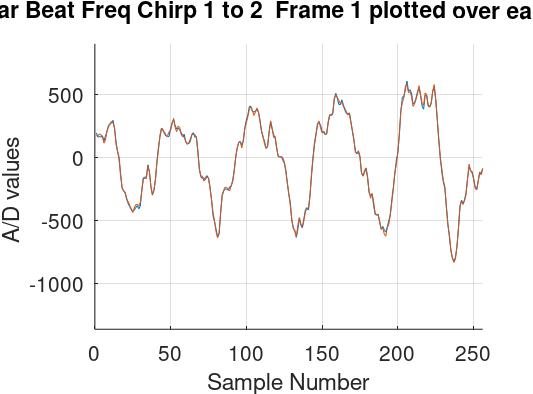Tool/software:
I am using the 6843ISK along with the DCA1000 and Boost. I am taking data using mmWave Studio. I want to do my own Matlab analysis on the mixer output data. I pulled up one of the Matlab example files, to mine the data. This all seems fine so far. But, I have started with just taking Real data, with the default of 128 chirps, 256 A/D samples/chirp, and 8 frames. There is nothing in the Matlab file about the number of frames, so when the number of chirps is calculated based on the data size, it is 8x to large (it thinks there are 1024 chirps). How are the frames organized in the raw data file? I need to know so i can add the number of frames into the equation properly. I want to start out by just being able to duplicate the mixer output time plots for each read channel.
Regards,
Larry








